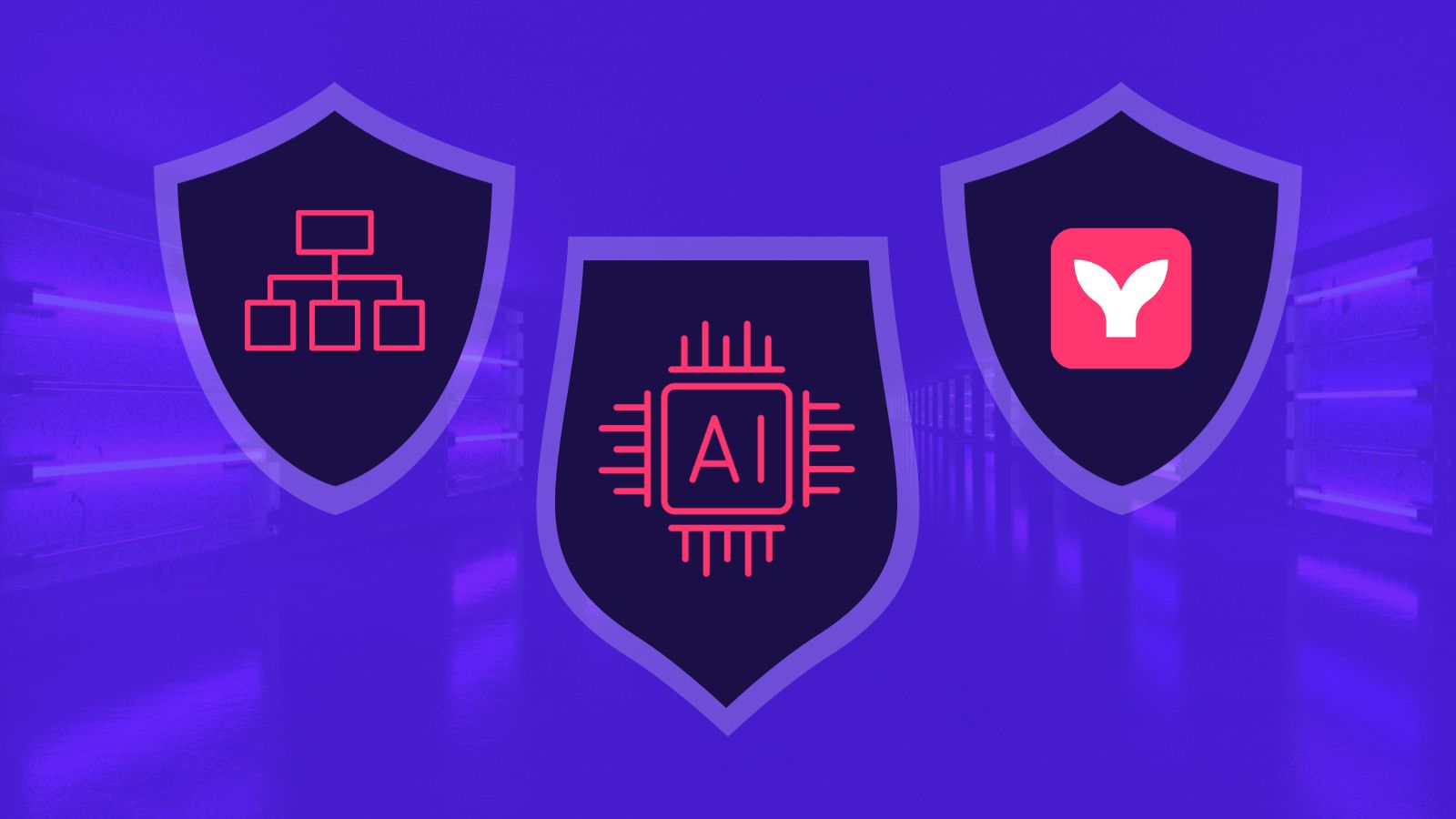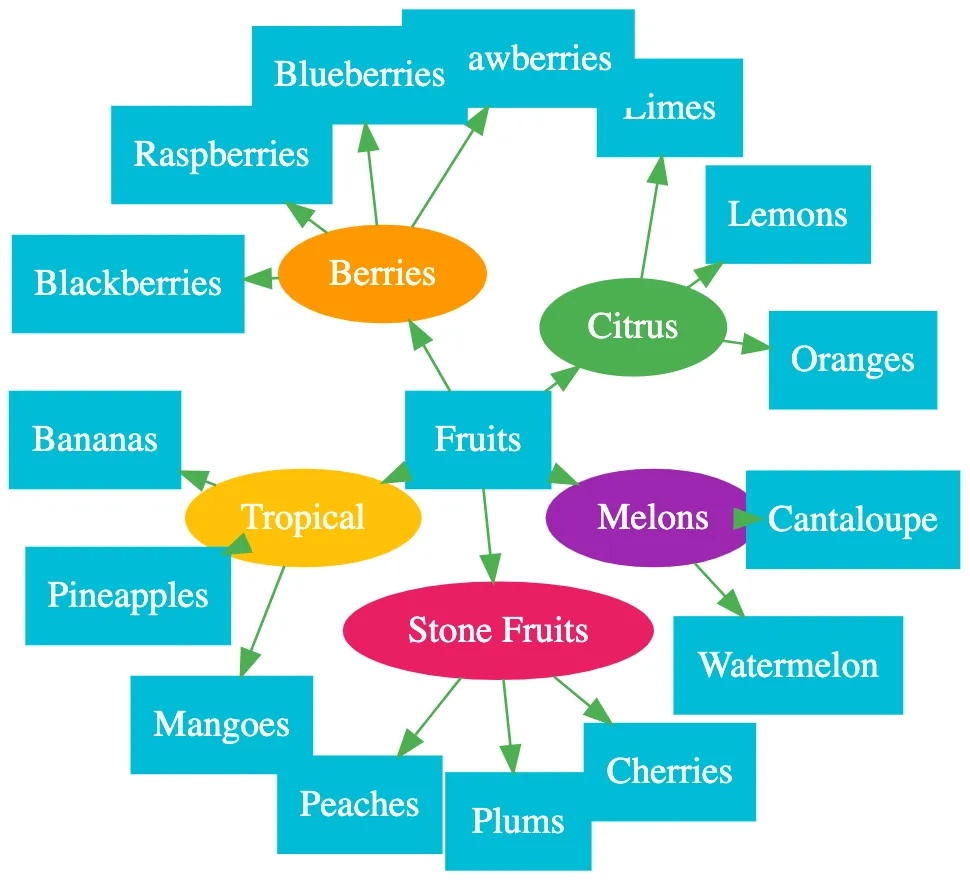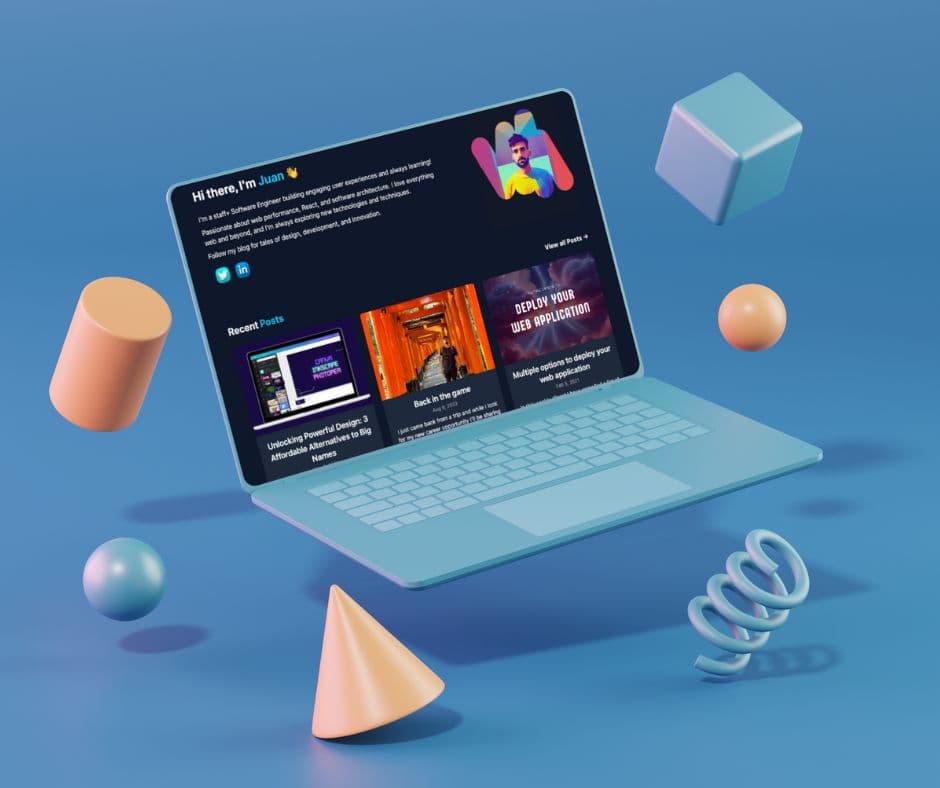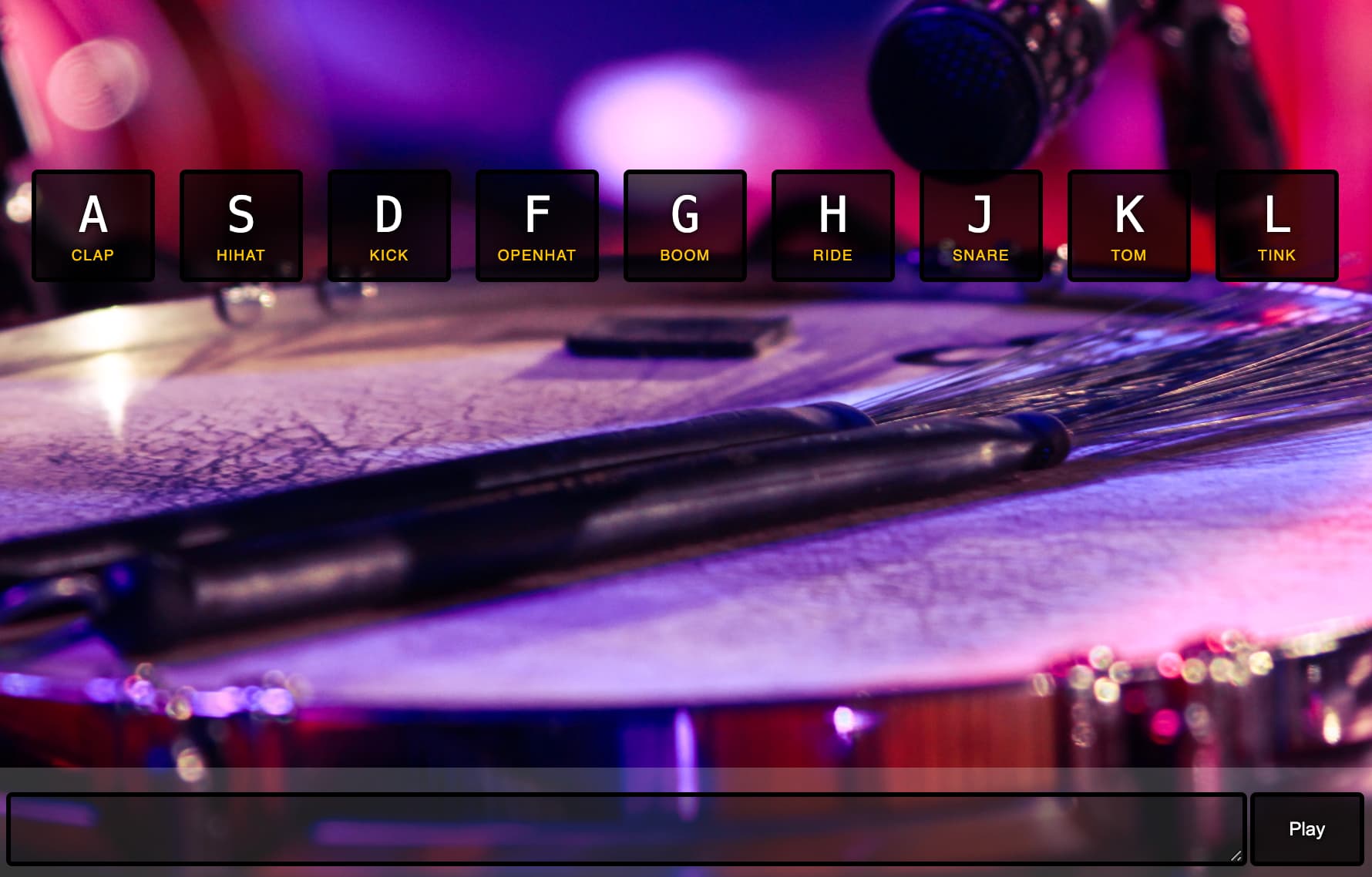Creating Flowcharts and Mindmaps with ChatGPT

I’ve been experimenting with ChatGPT and discovered a cool trick that lets you create diverse graph visualizations effortlessly.
Since ChatGPT excels in text generation, you can leverage its capabilities to generate graphs using domain-specific languages (DSL). Luckily, there are open-source tools like Graphviz and MermaidJS, and the best part is that ChatGPT is well-versed in these languages.
The recommended DSLs are:
- Graphviz
- MermaidJS
Ask ChatGPT to convert any text into one of these DSLs, and then use online visualization tools to turn them into actual images.
Recommended tools for visualization:
- GraphvizOnline: Excellent for Graphviz
- Mermaid Live: Ideal for MermaidJS
Crafting a Mind Map
Let’s walk through an example. I tasked ChatGPT with creating diagrams for both DSLs based on fruits and categories as our starting point:
Building a mind map
Let’s use an example to illustrate this. I asked chat GPT to put together a diagram on both DSLs for fruits. We use these fruits and categories as the starting point:
Fruits
- Citrus: Oranges, Lemons, Limes
- Berries: Strawberries, Blueberries, Raspberries, Blackberries
- Tropical: Bananas, Pineapples, Mangoes
- Stone Fruits: Peaches, Plums, Cherries
- Melons: Watermelon, Cantaloupe
GraphViz
The code generated looks like this:
digraph G {
node [style="filled", color="#00bcd4", fontcolor="#ffffff", shape="box"];
edge [color="#4CAF50"];
Fruits [label="Fruits"];
Citrus [label="Citrus", shape="ellipse", color="#4CAF50"];
Berries [label="Berries", shape="ellipse", color="#ff9800"];
Tropical [label="Tropical", shape="ellipse", color="#FFC107"];
StoneFruits [label="Stone Fruits", shape="ellipse", color="#E91E63"];
Melons [label="Melons", shape="ellipse", color="#9C27B0"];
Fruits -> Citrus;
Fruits -> Berries;
Fruits -> Tropical;
Fruits -> StoneFruits;
Fruits -> Melons;
Oranges [label="Oranges"];
Lemons [label="Lemons"];
Limes [label="Limes"];
Strawberries [label="Strawberries"];
Blueberries [label="Blueberries"];
Raspberries [label="Raspberries"];
Blackberries [label="Blackberries"];
Bananas [label="Bananas"];
Pineapples [label="Pineapples"];
Mangoes [label="Mangoes"];
Peaches [label="Peaches"];
Plums [label="Plums"];
Cherries [label="Cherries"];
Watermelon [label="Watermelon"];
Cantaloupe [label="Cantaloupe"];
Citrus -> {Oranges Lemons Limes};
Berries -> {Strawberries Blueberries Raspberries Blackberries};
Tropical -> {Bananas Pineapples Mangoes};
StoneFruits -> {Peaches Plums Cherries};
Melons -> {Watermelon Cantaloupe};
}And the output looks like this:

MermaidJS
The code on Mermaid looks like this:
graph TB
A(Fruits)
B[Citrus]
C[Berries]
D[Tropical]
E[Stone Fruits]
F[Melons]
G[Oranges]
H[Lemons]
I[Limes]
J[Strawberries]
K[Blueberries]
L[Raspberries]
M[Blackberries]
N[Bananas]
O[Pineapples]
P[Mangoes]
Q[Peaches]
R[Plums]
S[Cherries]
T[Watermelon]
U[Cantaloupe]
A --> B
A --> C
A --> D
A --> E
A --> F
B --> G
B --> H
B --> I
C --> J
C --> K
C --> L
C --> M
D --> N
D --> O
D --> P
E --> Q
E --> R
E --> S
F --> T
F --> U
style A fill:#00bcd4,stroke:#fff,stroke-width:2px
style B fill:#4CAF50,stroke:#fff,stroke-width:2px
style C fill:#ff9800,stroke:#fff,stroke-width:2px
style D fill:#FFC107,stroke:#fff,stroke-width:2px
style E fill:#E91E63,stroke:#fff,stroke-width:2px
style F fill:#9C27B0,stroke:#fff,stroke-width:2pxAnd the image:

Conclusion
The possibilities are endless with this powerful combo. Utilize it to transform your ChatGPT conversations into captivating visualizations.
I trust you found this nifty trick intriguing. Feel free to share your creations with me on X. Let’s visualize the world of ChatGPT together! 🚀
Catch up with me on X (twitter):@juan_allo
Share
---
Similar Articles

Revamping my blog with Astro

7 days of JS by ChatGPT

Teaching LLMs to play the drums
